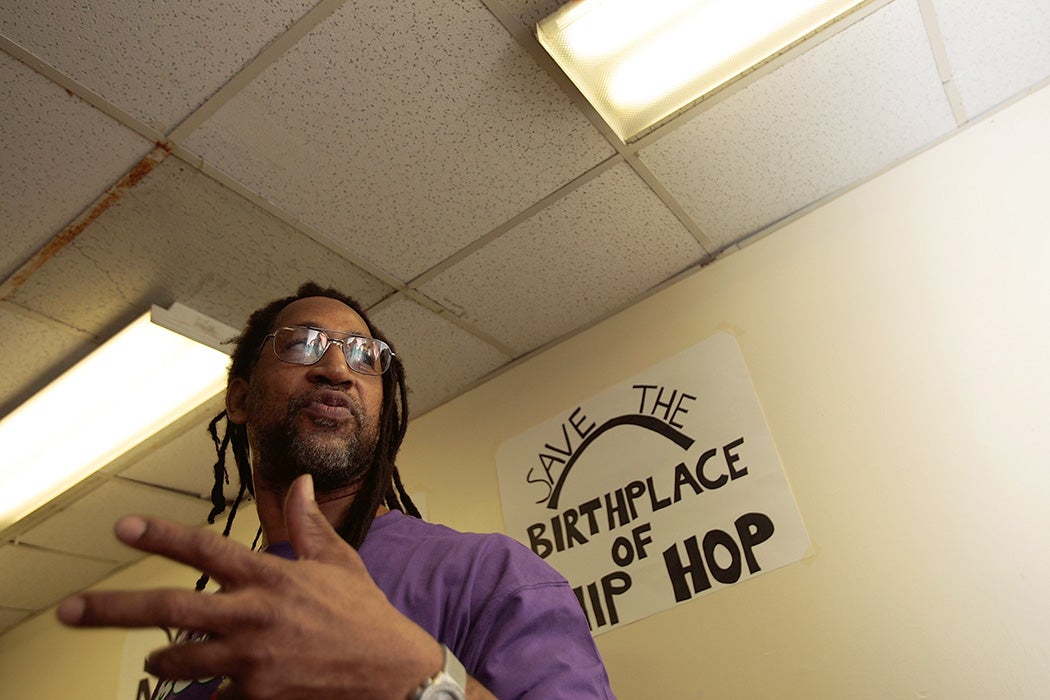Twenty-five cents for the “ladies,” fifty cents for the “fellas.” That’s what it cost to get into the party. But the people who had their quarters together wouldn’t just be getting into a show, they’d be stepping into history. The party held in the rec room of an apartment building in the Bronx wasn’t like any other. This party was the birth of a genre, of a movement, of a sound. August 11, 1973, was the birth of hip-hop. Clive Campbell—better known as DJ Kool Herc—and his sister Carol threw the Back to School Jam at 1520 Sedgwick Avenue, an event that is largely considered the day that hip-hop as we know it was born.
Hip-hop, like anything with longevity, has roots and branches that make it what it is. As Jesse Stewart writes in Black Music Research Journal, “Jamaican popular music played a pivotal role in the development of early hip hop that was, in many respects, an African-American transformation of Jamaican sound system culture.” The Campbell family had come to New York from Jamaica, and a vital part of the musical scene there was the sound system.
A good sound system—speakers, amps, turntables—was just one part of the draw; who was actually playing the records mattered. The DJ had to read and understand the crowd, and if something changed, react quickly to those changes. Herc had that. But as Joseph C. Ewoodzie explains in his book, Break Beats in the Bronx: Rediscovering Hip-Hop’s Early Years, even with that attitude, the party wasn’t going quite as planned. Good thing Herc was quick.
He started off by playing music that would have packed the floor in Kingston, but Ewoodzie writes, “This was the Bronx, and people wanted something different, not dancehall or even what was on the radio.” Herc read the crowd. He started playing soul and funk, but instead of the whole songs, he played the funkiest portions, the best drum beats, switching between them, until there was no choice but to get on the dancefloor and stay there, song after song, beat after beat. “I had the attitude of the dancefloor behind the turntables,” Herc told an interviewer in 1998. And if people wanted to dance to soul and funk, “I got to get with the groove that’s here.” This innovation became the breakbeat, that sound that moves you, keeps you moving. The sound that has kept the genre moving for nearly fifty years. That one party, that one choice by a savvy DJ, would be the start of a movement.
Weekly Newsletter
Of course, it’s hard to pinpoint one moment as the beginning of something that would become so globally popular as hip-hop. The music has expanded far beyond the walls of that rec room. But that rec room gives the music what every great story needs, a beginning. As hip-hop historian Jeff Chang pointed out in a 2014 interview, “I think the story of Herc and Cindy’s party speaks to the need for joy amidst turmoil, the power of creativity against destruction, the ‘started from the bottom’ ethic that youth will always find a way to express itself.”
Support JSTOR Daily! Join our new membership program on Patreon today.







